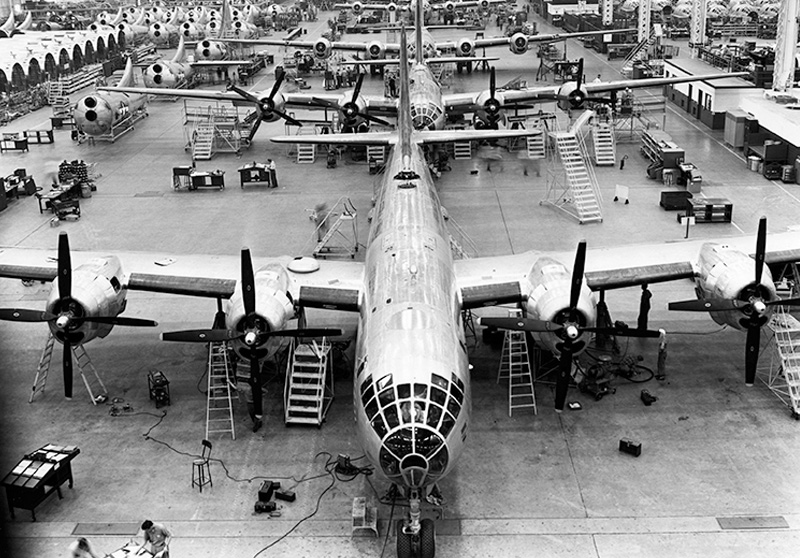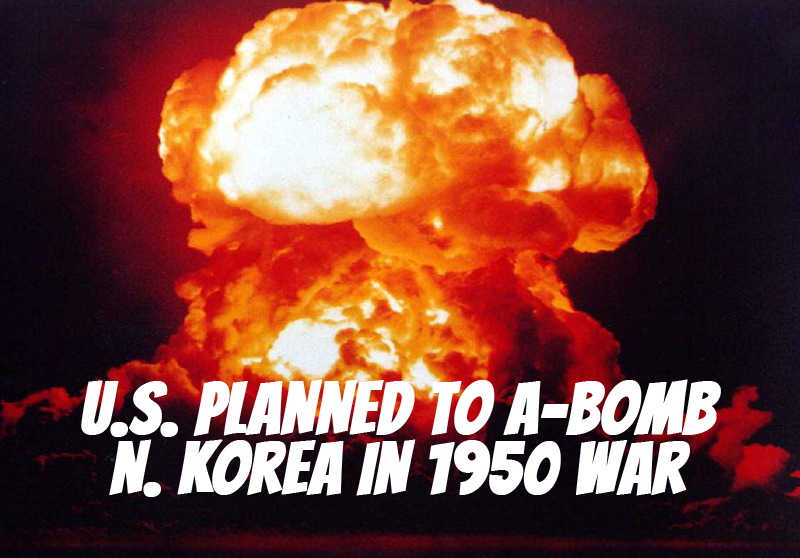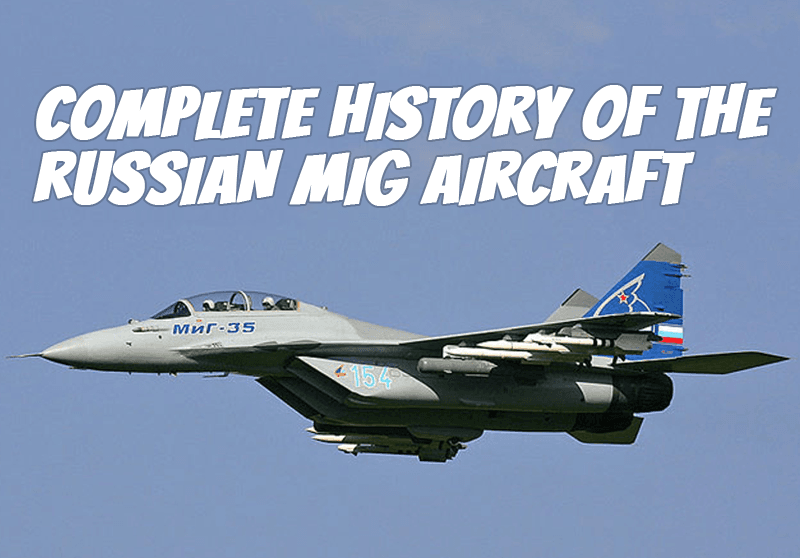
Introduction and Table of Contents
Comment: Tiger Lil was a well known aircraft in the Korean War, recognized everywhere she went. Her crew was well trained, and displayed great respect and love for this plane. In his story, Wayland Mayo covers the complete life of Tiger Lil, from the roll out on Boeing’s production line, to her final plunge into the sea. Most airmen develop a sense of love and respect for their plane and in later years a deep sense of nostalgia in remembering their experiences. This story tries to tell about a man’s love and remembrance of a great airplane.
Table of Contents
This story covers the history of a famous airplane from the original manufacture date to its final tragic end.
A Superfortress Is Born
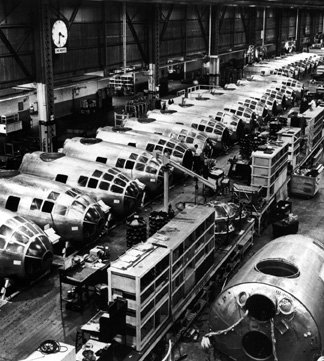
On a very cold January day in 1944 near Seattle, A beautiful silver bullet rolled off the assembly line at the Boeing-Renton plant. This gleaming aircraft was a B-29A, powered by four R-3350-57 engines, each developing 2200 hp. The A model, of which 1,119 were built, differed from the original B-29. The center wing section was modified, the 20mm cannon was removed from the tail, and two 50 cal. guns were added to the upper forward turret. This gave the A model 12 50 cal. guns mounted in remote controlled turrets, each gun with 1,000 rounds of ammo.
What a magnificent sight. Known as the “Superfortress,” it had a 142 foot wing span, with a maximum speed of 357 mph at 30,000 feet. Everything about this aircraft was the absolute latest in technology, as Boeing engineers had designed sophisticated systems never before seen. The front and rear crew sections were pressurized, connected by a tube which ran over the two huge bomb bays. Even the tail gunner had a separate pressurized compartment. The remote controlled gunnery system was an engineering masterpiece. This particular aircraft was delivered to the Air Force on 31 January, 1944, bearing the serial number 42-94000.
In Feb. 1944 it was flown to the Denver Modification Center where it was modified to an F-13A photographic plane. A total of 117 B-29A models were modified to carry a tri-metrogon set up consisting of three K-17B 6 inch cameras, two K-22 cameras with focal plane shutters mounted in a fixed mount, and an adjustable mount which would hold a variety of cameras.
Above: Illustrates assembly of the B-29A model. The forward pressurized section, which was occupied by two pilots, the bombardier, the flight engineer, the navigator and the radio operator, are shown ready for the assembly line.
Below: This photo illustrates the final assembly of the B-29B model at the Boeing-Renton Plant. This was a modification of the A-model in which all gun turrets and the remote controlled firing system were removed. Only the tail gun position remained. The F-13s (later known as the RB-29s) were remodeled from the B-29A configuration. Photos ctsy. Boeing Archives
Later, in 1948, the F-13A was re-designated to a RB-29A. After modification to F-13A in Denver, 42-94000, normally referred to as 4000, was assigned to the Second Air Force in Herrington, Kansas.
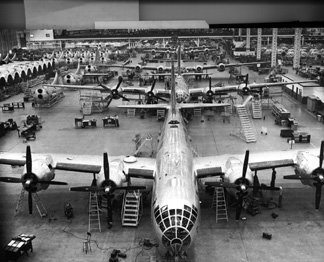
Aircraft 4000 was shuffled around from one unit to another. In Oct. 1945 it was transferred to the 234th AAF Base Unit (Continental Air Force) in Clovis, N.M. In April, 1946, it was transferred to the 247th AAF Base Unit in Smokey Hill, Kansas. It seems like 4000 was not leading a very glamorous life, that was to come later.
In Oct. 1946, it went to San Antonio Air Materiel Center, Kelly AFB, for further modification. In Apr. 1948, 4000 went to Japan and joined the 31st Strategic Recon. Sqdn. At Yokota AFB. In Apr. 1949 the 31st was at Kadena AFB on Okinawa. Aircraft 42-94000 had finally found a home in the Strategic Air Command. It is believed that while in Japan the Tiger Lil nose art was painted. A better future was in store, Now a RB-29A, Tiger Lil was recognized anywhere she went, and finally getting some respect.
My assignment as a crewmember on Tiger Lil
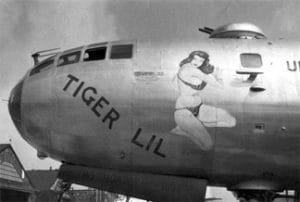
My life in the Air Force had been very dull. After graduating from Photo school in Denver, and an unhappy existence stationed at Forbes AFB in Topeka, I volunteered to go to Okinawa. After all, I wanted to fly, and working as a camera technician wasn’t even close. Okinawa was going to be the answer, right? Well not exactly. My friend Bill Welch and I continually applied for flight status with no luck. Finally on April 19-1950, we were both placed on flying status. Things were looking up. I had the misfortune of being assigned to 903, affectionately known as the Heap. I wondered why they called it that. I found out on my second flight, as major malfunctions required us to bail out.
I was now on flying status without a plane. A stroke of luck came my way. I really admired Tiger Lil, had a lot of respect for her crew. I was selected to become a member of Lil’s crew, and I could not have been happier. There is a special relationship between bomber crewmembers. You work together as a team, proud of your plane and proud of your crew. You live together, fly together, and quite possibly die together. I felt that I was finally getting somewhere, I loved the airplane and very much liked the crew. I gave it my best shot, doing my job as best I could.
You may return to this page via your back button
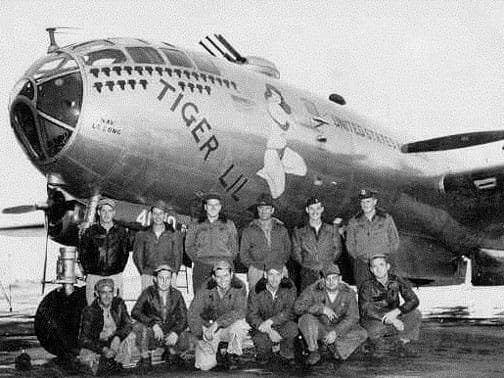
Nose art on airplanes, especially B-17’s and B-29’s has always been popular, appearing on calendars, publications, movies, etc. Tiger Lil was and is still considered one of the best.
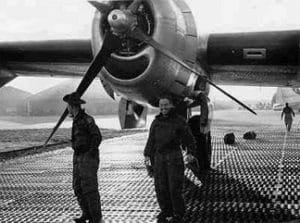
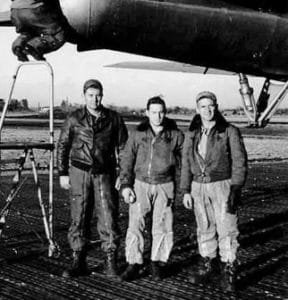
Everything was really going great, but dark clouds were gathering on the horizon, with June 25, 1950 approaching. The Korean conflict started with the stark realization that the U.S. was not prepared. It became immediately necessary to obtain photographic coverage of all North Korean airfields, power plants, dams, rail systems, etc. The Tiger Lil crew was among the first to fly into enemy territory.
She took our crew over places like Pyongyang, where the antiaircraft fire was extremely heavy, and accurate. She took us to places with strange sounding names, like Sinuiju, Sinanju, Hamhung, and Hungnam, and forbidden places like Manchuria, Antung, the Yalu river, and Rashin, which was almost in sight of Vladivostok, Russia. The Sinuiju area was a beehive of activity by Mig-15’s. Even so I always felt safe in Tiger Lil, knowing that she received the very best maintenance, and each crewmember kept his equipment in top shape.
Upon our return to base, we were assigned a new Aircraft Commander, Captain Torrey. He was a first class pilot and crew commander. With 25 missions under our belt it did not seem possible we could fly another 25 without something happening. We accomplished the missions in what seemed like an eternity, and then one day it was all over. We made it, Tiger Lil had taken us on 50 missions, each 10 to 11 hours long. It was time to return to the U.S.
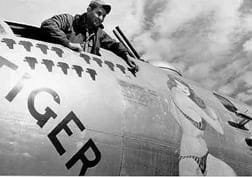
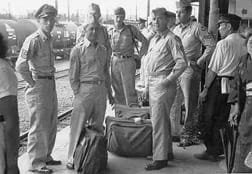
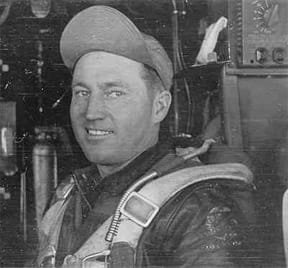
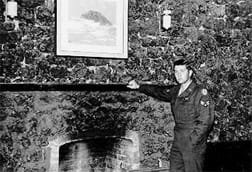
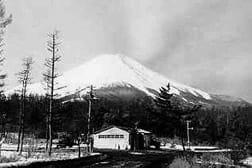
The Tiger Lil crew received several commendations during the Korean conflict. Also the crew had become very fond of her. It was difficult to just walk away and leave her in Japan, but after our 50 missions we had orders to return to the U.S. I assume another crew took command of her and continued flying combat missions. It is not known how many missions she flew in total.
After returning to the U.S. and later discharged, the years flashed by with increasing frequency. I often wondered what ever happened to the members of my crew, and to Tiger Lil. Many times I made exceptional attempts to locate them, with no luck. In what seems like a relatively short time, over 50 years just flew by. I was never able to obtain any information on the aircraft, and only located one crewmember, my friend Tom DeHaven. I did learn that our CFC man Browning was killed in a crash. Then another stroke of luck, after all the years of looking with no answer. My friend Jess Richey, who was a flight engineer with the 98th, emailed me that quite possibly the Research Center at Maxwell AFB could help me. I contacted them asking for the history of aircraft 42-94000. The information arrived from Archivist Archie Difante, and is mostly covered in chapter one of this article. The final listing was somewhat confusing, it read: Nov 7,1954, dropped from inventory due to “LOSS”. No further explanation. When I gave Jess Richey the date he sent me a notice of an RB-29A shoot down on Nov 7,1954. I sent the information to Archie Difante and asked him for research on the shoot down and advise me of the serial number of the downed plane. Archie came back with the startling information that the aircraft shot down by Migs was A 91st RB-29A serial number 42-94000. It was Tiger Lil. She had flown her last flight. I read the report in almost disbelief. After all she had been through, to have such a tragic ending. It really gave me an empty feeling, as I live only in the past, with a million memories of my Air Force days, flying in Tiger Lil. Those were the best days of my life.
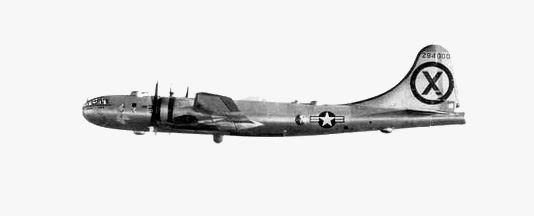
The Death of Tiger Lil – A Report Of The Shoot Down
7 Nov. 1954. A USAF RB-29 Reconnaissance aircraft was shot down by Soviet fighters flown by pilots Kostin and Seberyakov, near Hokkaido Island in northern Japan. The plane, carrying a crew of eleven, was conducting routine photographic reconnaissance near Hokkaido and the southern most of the Kurile Islands.
The plane was attacked and seriously damaged, forcing the crew to bail out. Ten crewmen were successfully rescued after landing in the sea; however the eleventh man drowned when he became entangled in his parachute lines after landing
Another report sent to me by Jess Richey of the 98th Bomb Group said the Russians claimed the RB-29 entered Soviet airspace and fired on them. They returned fire shooting down the American plane. The U.S. claims they were not over Soviet territory and the Migs fired first.
Maxwell research reported that Tiger Lil in Aug. 54 was assigned to the 6007th Composite Group, at Yokota. This comparatively unknown unit was apparently part of the 91st.
I would like to thank Jess Richey and Archie Difante for solving a problem I carried with me for 50 years.
- The Battle of Midway: Turning the Tide in the Pacific - June 7, 2023
- The D-Day Operation of June 6, 1944 - June 6, 2023
- The B-29 that Changed History - June 4, 2023

